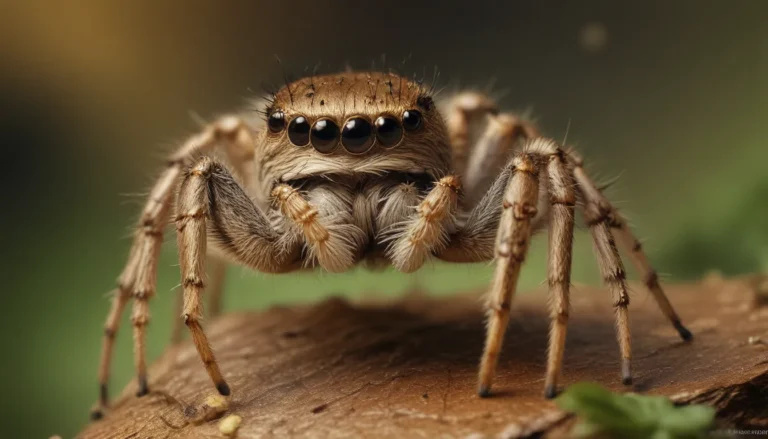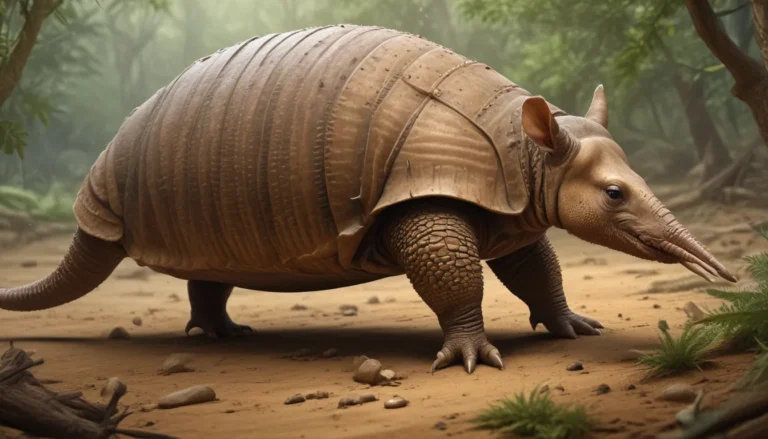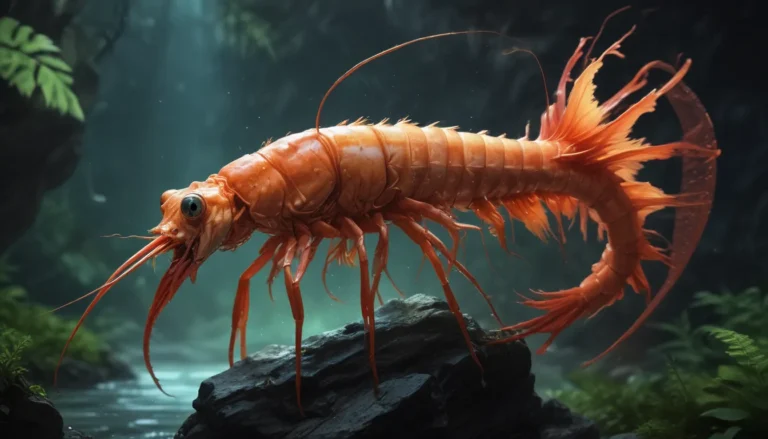The pictures we use in our articles might not show exactly what the words say. We choose these pictures to make you interested in reading more. The pictures work together with the words but don’t take their place. The words still tell you the important facts.
Are you intrigued by the mysterious world of silver langurs, also known as silver leaf monkeys? These captivating primates, with their silver-gray fur and expressive eyes, inhabit the dense tropical forests of Southeast Asia, captivating the hearts of nature enthusiasts and wildlife lovers alike. In this article, we will delve into 15 intriguing facts about silver langurs, shedding light on their unique characteristics, behavioral patterns, and ecological importance. From their close-knit social structures to their special diet of leaves and fruits, silver langurs have carved a niche for themselves in the animal kingdom. So, let’s embark on a journey through the magical world of silver langurs and explore the wonders of these remarkable primates.
Key Takeaways:
- The Silver Langur, a stunning primate with a silver-grey coat, lives in social troops and plays a vital role in its ecosystem by dispersing seeds and promoting forest growth.
- Efforts to protect the endangered Silver Langur are crucial, as they face threats from habitat loss and hunting. Conservation initiatives are working tirelessly to ensure their survival for future generations.
The Spectacular Silver Langur
The Silver Langur, scientifically known as Trachypithecus cristatus, is a captivating primate species found primarily in Southeast Asia. Named for its stunning appearance, these remarkable creatures have a beautiful silver-grey coat that gives them their distinctive name. Belonging to the Old World Monkey family, these primates are part of the Cercopithecidae family, which includes other well-known monkeys like baboons and macaques.
Habitat and Social Behavior
Silver langurs can be found in various habitats, including tropical rainforests, mangroves, and limestone karsts. Highly social animals, they live in troops that can consist of up to 50 individuals, led by an alpha male. These langurs primarily feed on leaves, fruits, flowers, and occasionally consume insects and bird eggs. They use various vocalizations, body postures, and facial expressions to communicate within their troop and are known for their remarkable communication skills.
Unique Characteristics and Behavior
These primates are incredibly agile climbers and are known for their ability to navigate and leap across tall cliffs and treetops. On average, silver langurs live up to 20 years in the wild, and females give birth to a single offspring every two to three years. Unfortunately, the silver langur is classified as an endangered species due to habitat loss and hunting. Conservation efforts are underway to protect and conserve these fascinating primates and their natural habitat.
Ecological Significance and Conservation Efforts
The silver langur plays a crucial role in maintaining the health of their ecosystems by dispersing seeds and promoting forest growth. Efforts are being made by several organizations and initiatives to protect and conserve the silver langur and its natural habitat. Male silver langurs exhibit a striking transformation during sexual maturity, with their fur changing from silver to a jet-black color. These primates are masters of arboreal locomotion, swiftly moving through the trees using their long and strong limbs.
Symbiotic Relationships and Conservation
Silver langurs have mutually beneficial relationships with other species, such as engaging in symbiotic interactions with certain bird species. Conservation of these endangered primates is essential to ensure their survival for future generations. With their charm and enigmatic nature, silver langurs continue to inspire awe and remind us of the diverse and awe-inspiring world of wildlife.
Conclusion
In conclusion, silver langurs are fascinating creatures that inhabit the tropical forests of Southeast Asia. With their striking silver fur, expressive faces, and agile movements, they captivate both researchers and nature enthusiasts alike. These intelligent primates exhibit complex social behaviors and have a unique diet consisting of leaves, fruits, and flowers. As arboreal creatures, silver langurs spend the majority of their time in trees, using their long tails for balance and their strong limbs for leaping from branch to branch. While they face threats such as habitat loss and poaching, conservation efforts are being made to protect these incredible primates and their natural habitats.
With their charm and enigmatic nature, silver langurs continue to inspire awe and remind us of the diverse and awe-inspiring world of wildlife. Their conservation remains crucial for the preservation of our planet’s biodiversity, and we must strive to protect these remarkable creatures for generations to come.
FAQ
- What is the scientific name of the silver langur? The scientific name of the silver langur is Trachypithecus cristatus.
- Where do silver langurs live? Silver langurs are native to the tropical forests of Southeast Asia, including countries like Malaysia, Indonesia, and Thailand.
- What do silver langurs eat? Silver langurs primarily feed on leaves, fruits, flowers, and occasionally small insects.
- How do silver langurs communicate? Silver langurs use a variety of vocalizations, body postures, and facial expressions to communicate with each other. They also engage in grooming as a form of social bonding.
- Are silver langurs endangered? Certain subspecies of silver langurs are classified as endangered due to habitat loss and poaching. Conservation efforts are underway to protect and increase their populations.
- Do silver langurs form social groups? Yes, silver langurs form social groups consisting of multiple males, females, and their offspring. These groups help with social bonding, protection, and raising the young.
- How long do silver langurs live? In the wild, silver langurs can live up to 15-20 years, while in captivity, they have been known to live even longer.
- Do silver langurs have any predators? Silver langurs have predators such as large birds of prey, snakes, and big cats. They rely on their agility and strong social bonds to evade or deter these predators.
- Can silver langurs be kept as pets? No, silver langurs are wild animals and should not be kept as pets. It is illegal and unethical to own them as they require specific habitats and social interactions.
- How can I help conserve silver langurs? You can contribute to the conservation of silver langurs by supporting organizations working to protect their habitats, spreading awareness about their importance, and practicing responsible ecotourism when visiting their natural habitats.
At the heart of our commitment to delivering trustworthy and engaging content lies the dedication to providing accurate and reliable information to our readers. Each fact on our site is contributed by real users like you, bringing a wealth of diverse insights and information. Trust in our commitment to quality and authenticity as you explore and learn with us.






